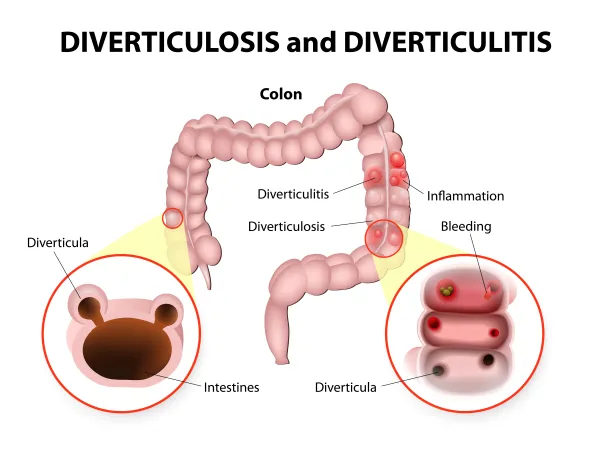Look Ahead to More Options and Better Specificity for Diverticulosis

Hint: Hemorrhage and anatomical location still play a role in code selection.
When you report a diagnosis of diverticulosis, you currently choose from four codes depending on the location and the presence or absence of bleeding (or hemorrhage):
Note: If the diverticulosis is identified in both the small intestine and the colon, you’ll have to use the individual codes for both the locations and report them appropriately.
ICD-10: When you begin using ICD-10 codes later this year, the diverticulosis codes will still be based on anatomical location and the presence or absence of bleeding. But, in ICD-10, you have two more codes that help you report a diagnosis of diverticulosis if it is present in both the small intestine and the large intestine. Also, the descriptor to these ICD-10 codes also includes the term “without perforation and abscess” in addition to the location and bleeding parameters to help in distinguishing these codes sets very specifically.
The six codes that you’ll turn to under ICD-10 will include:
Documentation: Many times, patients diagnosed with diverticulosis will experience symptoms such as abdominal or epigastric pain; bloating; nausea; vomiting; constipation; melena or hematochezia; flatulence; fever; and fatigue. The physician might also note signs of tenderness on palpating the abdominal area, signs of weight loss, and/or signs of anemia.
The physician will reach a diagnosis of diverticulosis based on the history, symptoms, examination, lab work, and diagnostic tests. As long as your providers are already accustomed to documenting the location of the problem and whether or not the patient also has bleeding, making the transition to new codes with ICD-10 shouldn’t be too challenging.

